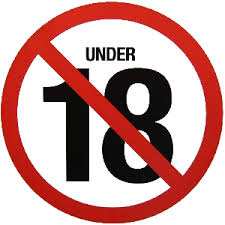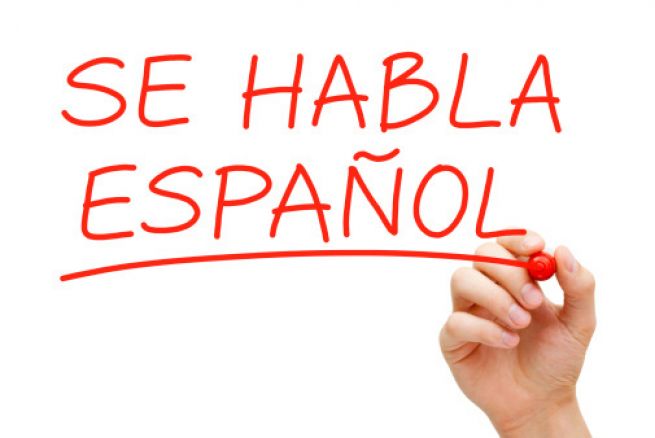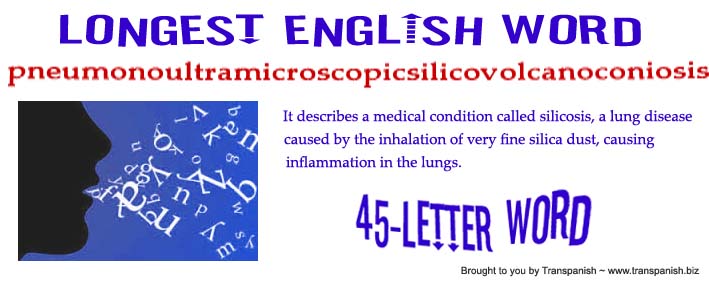There are pros and cons to working as a freelance translator, and one of them (both a pro and a con) is organizing the way we use our time.
Distractions in our working environment can include everything from the TV to the cookie jar, and our computer – the very tool we use for our work – all too often offers the most distractions of all: social media, together with our favorite pages, the latest news, sports…name your interest, and there’s probably a way to be distracted by it.
For those who are used to working in a corporate atmosphere, with set working hours, a company dress code and regular performance reviews, the freedom to determine your own working hours, wear pajamas and never have anyone analyze one’s performance may sound like a dream come true. The fact is, though, with these motivators absent, freelancers sometimes find themselves rudderless in a storm, with indulgences becoming habits, habits that are not only detrimental to their productivity (and, thus, their business), but that also become increasingly hard to break. Not only can this negatively impact productivity, it can have the same deleterious effect on quality…and that is the road to professional perdition. By putting off getting started on the translation project we have on our agenda, we are reducing the time we have to cope with and solve unexpected challenges (like the translation of a particularly obscure term or even a computer crash) affecting the project, and we also waste time that could be used for another project, or even marketing our services to win more and better clients. What’s more, the negative impact is not only professional; it’s personal, as well. If we don’t schedule our work time, we haven’t scheduled our leisure time either and just as this lack of definition can mean that we become less effective in our professional lives, it can mean the same in our personal lives.
So, how can we motivate ourselves to get back on the track to professional productivity while ensuring time for personal pursuits?
Here are eight tips for upping your motivation and ensuring both productivity and personal time.
- Get up early. Yes, one can work in the afternoon or at night – millions do the world over. But you want to get started with your work, not put it off (remember, we’re talking about motivation here), so don’t listen to that voice in your head that tells you to roll over and catch another 30 winks. While you’re sleeping in, the world is moving forward. Use this time to enjoy an unrushed breakfast (so hunger won’t distract you) and plan your day (a packed agenda means less opportunity to lose focus). If you can manage to get up just a half-hour earlier every day of the year, you’ll gain a full week of time. Just imagine what you can do with that week (and the money you’ll earn)…so get up and get started, already!
- Get dressed. Yes, that means changing your pajamas for something you wouldn’t mind wearing to the supermarket (and we hope that’s not your pajamas!). Jeans, a sweatshirt or tee…something comfortable, but actual clothing. It’s pretty much accepted by psychologists that what we wear affects the way we act, so – while “professional work attire” may not be required – put on something that makes you feel like a professional who’s focused on work.
- Speaking of sleep…if wearing pajamas undermines your motivation to work, working in bed will KO it entirely. Even working in the same room you sleep in can affect motivation, so if you have the space, find another place to work. If you don’t, try to find some way to keep the bed out of sight while you’re seated at your desk, like orienting your desk in another direction, or placing a screen between the two.
- Make a work schedule and stick to it. This means that you set your office hours, and those are the hours that you work. Organize your work for the day – whether a translation project, glossary maintenance, invoicing or promoting your service – in an agenda or diary, get started (now!) and just do it. Again, don’t listen to that voice telling you to take a break…if you don’t get started, you won’t finish, will you?
- Reward yourself. All work and no play makes a translator sad and unmotivated professional, so find a reward that motivates you – and indulge yourself with it. Like to watch Game of Thrones? Write it in your agenda for 8 pm and then work towards the goal of finishing up your job-related work so you can sit back and enjoy it guilt- and pressure-free. Whatever a favorite activity might be, use it as a reward and schedule it for the end of your workday.
- Restrict social media, both professional and personal. Schedule a few minutes a day in your agenda for taking care of your professional social media accounts, if any, and then spend not one minute more. Relegate your personal accounts to your personal time, where they belong.
- Go for a walk. This is the one tip that actually takes you away from your desk. Besides reducing stress, studies show that a walk outside can boost both creativity and concentration…two important factors in getting the job done. So, get yourself a breath of fresh air, and then get right back to work.
- Finally, reach out. You are not alone! Suffering from a lack of motivation is something that many freelancers have experienced at one point or another in their careers. There are even apps that will help you conquer distractions, eliminate procrastination, increase productivity and reduce the chance of burn-out: Tomighty, YAPA and ActionAlly are just a few.
Do you have a tip or trick that fires up your motivation?
Share it with us!













